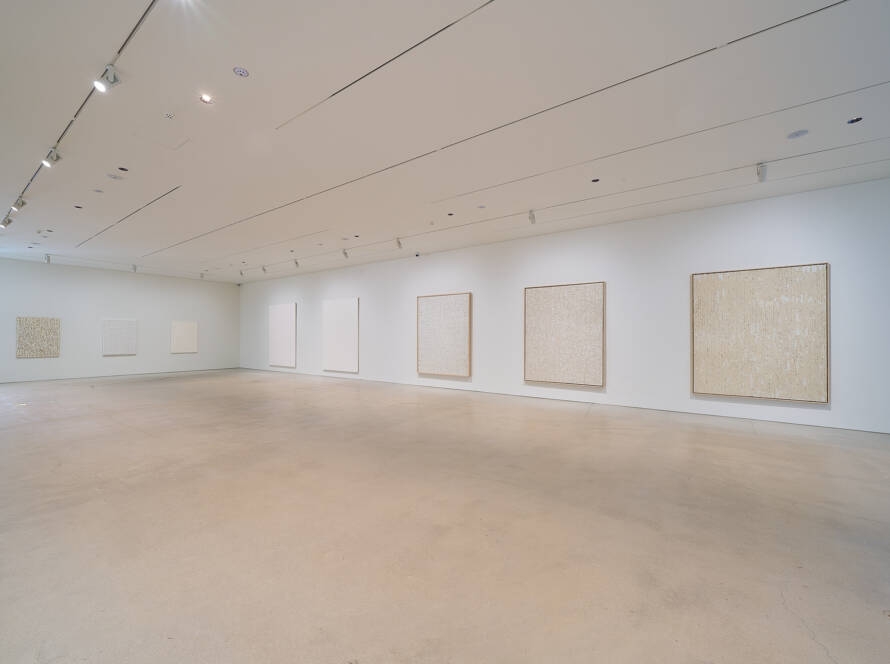Blurred Photography: Exploring an Artistic Vision
Blurred photography goes beyond aesthetic preference—it invites viewers into a realm where clarity gives way to emotion and form. Since the very inception of photography, artists have used dreamlike, out-of-focus imagery to challenge traditional definitions of realism. Through this expressive approach, they capture movement, emotion, and the passage of time within a single frame. Visionary photographers like Bill Jacobson, Hiroshi Sugimoto, Uta Barth, and Sally Mann have embraced blur to express profound artistic narratives.
Origins of Intentional Blur Photography: Mistakes Turned Masterpieces
Historically, soft-focus photography began in the 19th century when early photographers discovered that movement, dim light, or long exposure created soft, indistinct images. Initially, these effects were considered flaws. However, avant-garde artists soon recognized their expressive potential.
The Pictorialist movement, led by Alfred Stieglitz and Gertrude Käsebier, used blurred photography to echo the emotional tone of Impressionist painting. As a result, images became atmospheric, poetic, and emotional rather than purely representational.
This pivotal shift transformed photography from documentation to expression, emphasizing emotion, subjectivity, and psychological depth through intentional blur.
Techniques Behind Blurred Photography
Creating blurred photography requires both control and freedom. Modern artists use several methods to achieve this balance:
Long Exposure: Extended exposure captures time in motion. It turns moving subjects into soft, flowing forms and conveys an ethereal mood.
Intentional Camera Movement (ICM): Moving the camera during exposure creates expressive streaks. This technique helps artists evoke emotion and memory.
Soft Focus Lenses and Filters: Specialized lenses add a gentle haze, enhancing warmth and emotion—especially in portraiture.
Out-of-Focus Techniques: Focusing off-subject creates ambiguity and depth. It invites the viewer to imagine rather than simply observe.
Icons of Blurred Photography: Visionary Artists
Many artists have mastered the poetic beauty of blurred imagery:
Bill Jacobson: His Thought Series uses soft blur to create introspective, dreamlike scenes that explore memory and emotion.
Uta Barth: Known for minimalism and atmosphere, Barth’s hazy compositions use light and shadow to evoke emotional spaces.
Hiroshi Sugimoto: In his Theaters series, Sugimoto captures entire films in one frame, blending motion into stillness and exploring time’s fragility.
Sally Mann: Mann employs vintage techniques to add a ghostly quality to Southern landscapes and intimate portraits, heightening emotional impact.
The Timeless Appeal of Hazy Photography
In today’s era of perfect clarity, blurred photography feels refreshingly human. It conveys mood, recalls memory, and challenges the boundaries of realism. Moreover, out-of-focus imagery celebrates imperfection and emotional honesty.
By embracing the ambiguity of blur, artists invite deeper interpretation—revealing beauty not through precision, but through emotion, imagination, and the unseen. For both contemporary photographers and collectors, blurred photography continues to prove that sometimes, what’s hidden speaks the loudest.






